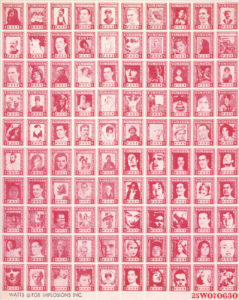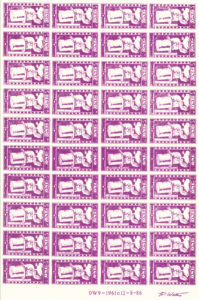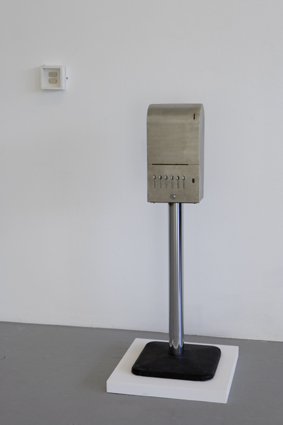Prehistory & Fluxus
The earliest coin-op vending machine that we know of may have been invented by Ctesibius of Alexandria around 270 BC. However, this might be apocryphal. Hero of Alexander is also credited with creating a vending machine somewhere around 62 AD. It dispensed sacrificial water in a Greek temple for 5 drachmas. Surprisingly, the idea of “coined consumerism” didn’t catch on for another 1,600 years or so. In the early 1600s, coin-operated dispensers of tobacco and snuff appeared in taverns and inns around England. For the next 200 years, vending machines sold pretty much nothing but tobacco and snuff.
In 1822, Richard Carlile created the precursor of the contemporary art vending machine. Carlile, was a prominent political activist, a champion of universal suffrage and of freedom of the press in the United Kingdom. After being arrested for selling materials such as Thomas Paine’s The Age of Reason, he invented a vending machine that sold political materials without putting a bookseller at risk. Although he exact publications that were sold in this machine are unknown, it is known that Carlile published works by Percy Bysshe Shelly and Lord Byron.
One of the first vending machines in regular usage came about in the 1880s in England. These dispensed postcards with scenic views of London. So really, some of the first uses of vending machines was selling art!
The 1880s also saw the rise of “practical” vending. In 1888 the Adams Gum Company created a machine to vend their Tutti-Frutti gum. With a few exceptions* tobacco, gum and other candy, soda, coffee and postage stamps dominated vending machines almost exclusively until the 1960s.
Like most worthwhile art of the latter half of the 20th century, vending machine art started with/was popularized by the Fluxus movement. They were the first to recognize the creative potential within vending machines.
In 1963 Robert Watts used a stamp vending machine to vend “Fluxpost” stamps. The contents appear to have been remixes of his previous stamp art projects, including “Yam Flug 5 Post 5,” and “W.C. Fields.”
“I would like to see the sky machine on every corner instead of the Coke machine. We need more skies than Coke.” – Yoko Ono, 1966.
*The notable exception being the robot craze of 1918-1931, when it was decided that the act of selling was tedious and should be left to automatons. People tried to automate the selling of everything they possibly could by using vending machines. Organized labor took action in 1930, however, and by 1931 had crushed the robot uprising, except for the four C’s: cigarettes, coffee, candy and cola.




